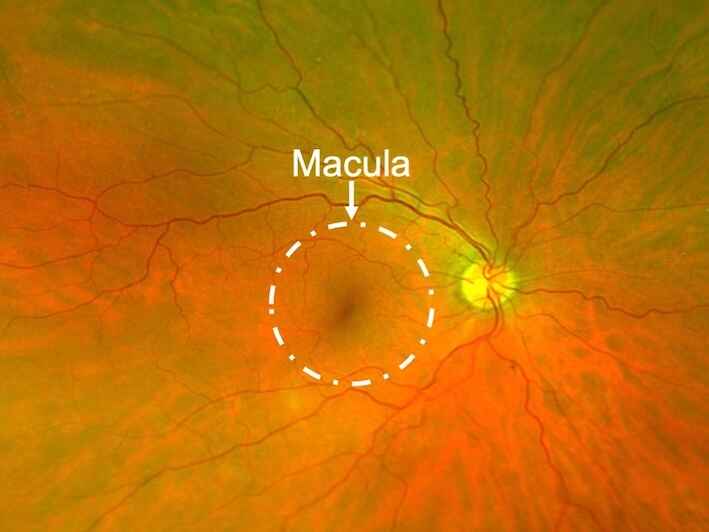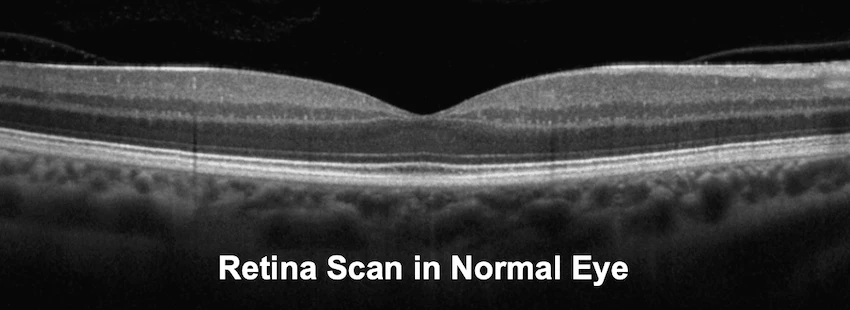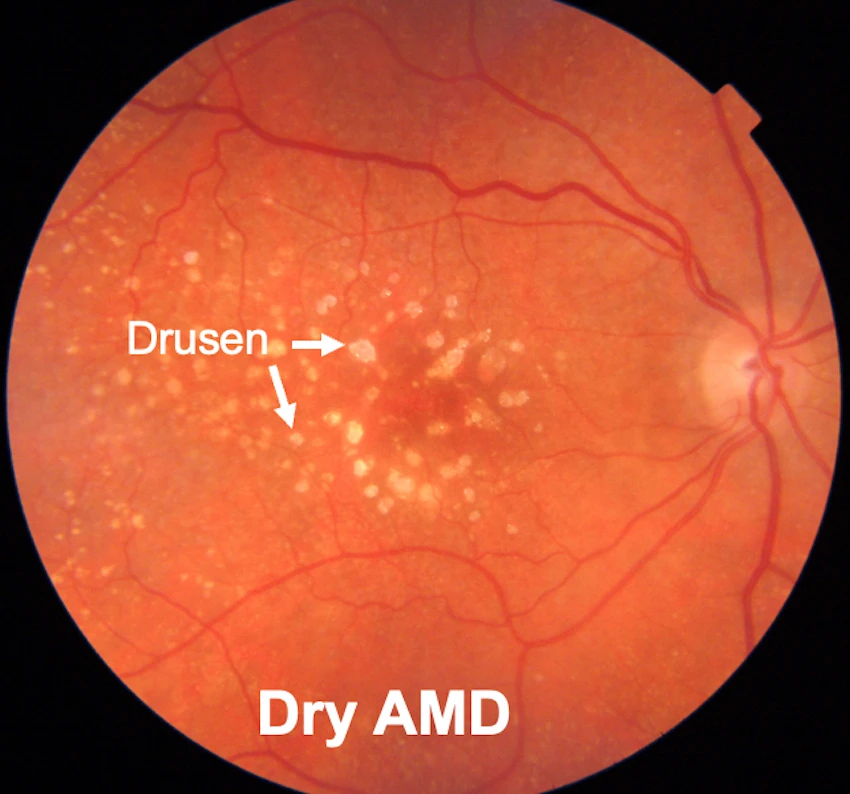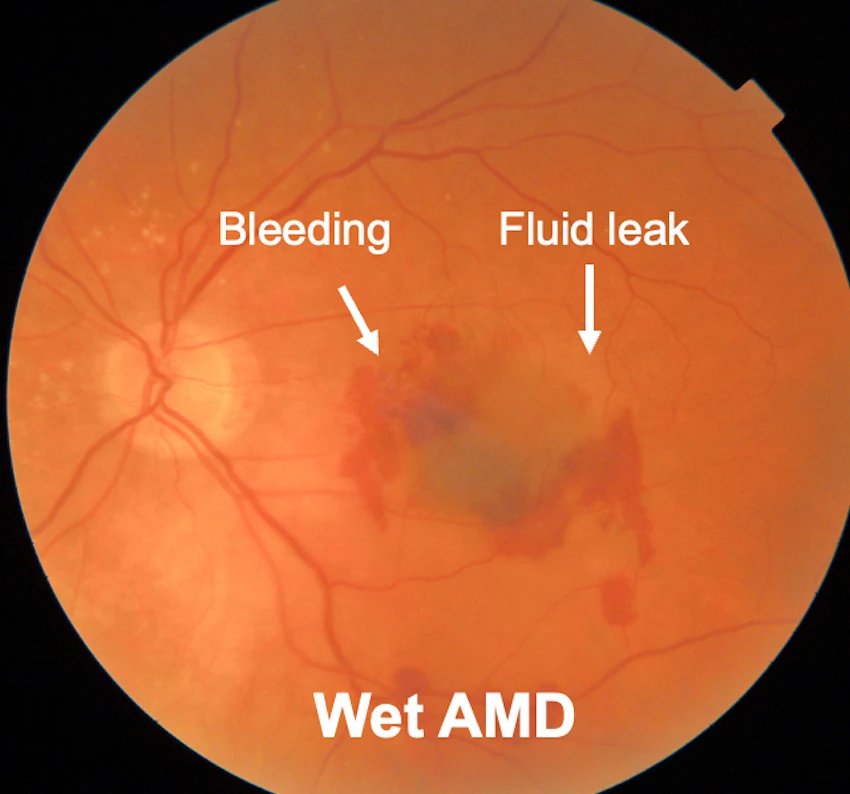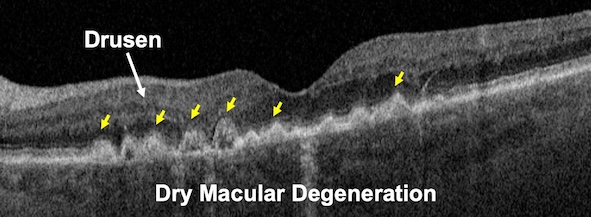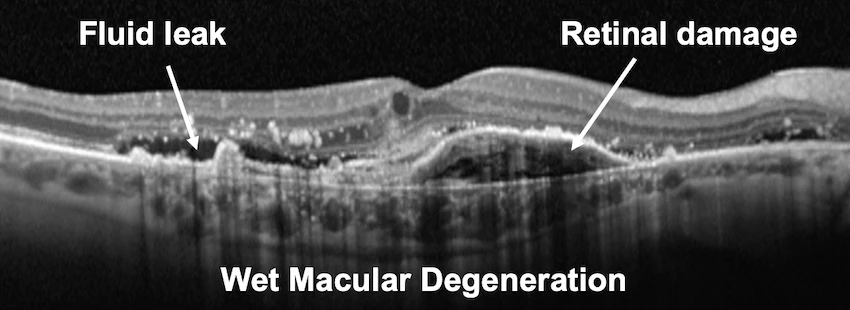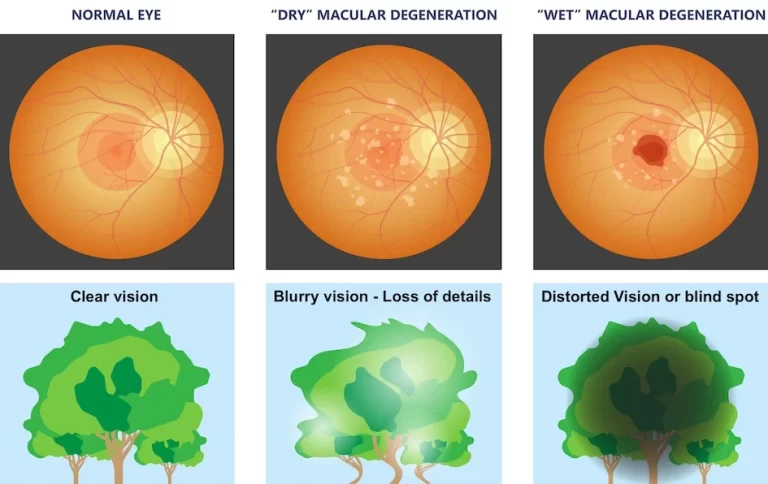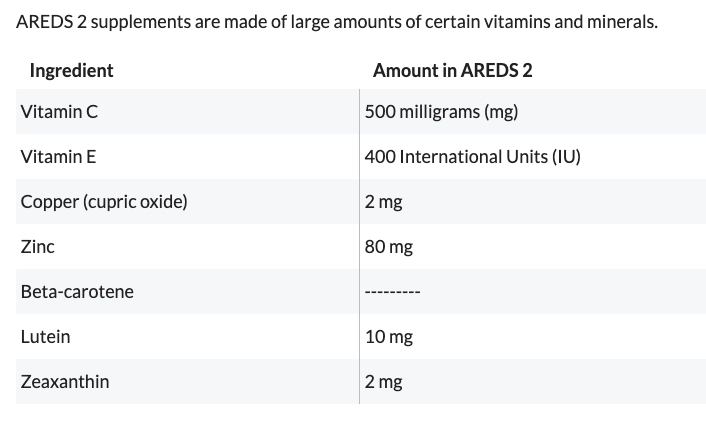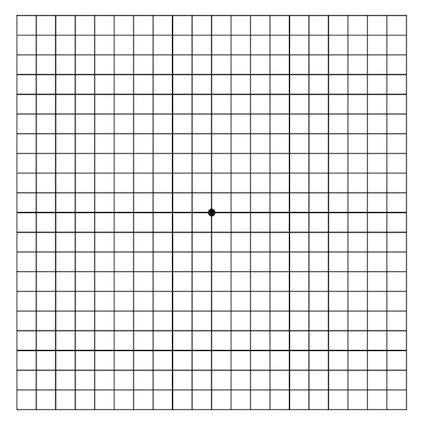Age-related macular degeneration (AMD) is a leading cause of blindness worldwide and the most common cause of blindness in the UK affecting older people.
Age-related macular degeneration is a condition that affects the central part of the retina called the “macula”. This can lead to loss of central vision. If you have AMD, you may lose the ability to see fine details, both close-up and at a distance. Your central vision can become distorted or blurry, and over time, a blank patch may appear in the centre of your vision. However, AMD doesn’t normally affect your peripheral (side) vision.
There are 2 main types of AMD:

